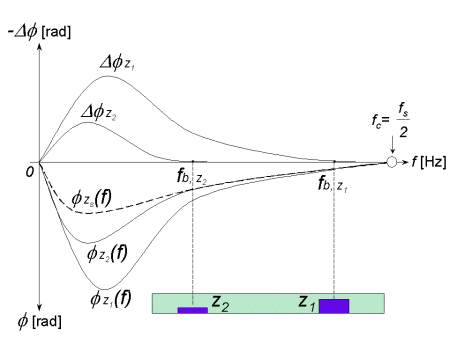| Defect Depth Retrieval from Pulsed Phase Thermographic Data |
| Ph.D. |
| Clemente Ibarra-Castanedo |
| Xavier Maldague (Supervisor) |
 |
| Problem: In the last few years, several quantitative inversion methods have been proposed to analyze pulsed phase thermographic data: statistical methods, Neural Networks and wavelets, with a wide range of reported accuracies. However, the calibration steps and lengthy computation subroutines precludes their use on most NonDestructive Testing ans Evaluation (NDT&E) applications. |
| |
| Approach: A new approach is proposed based on absolute phase contrast computations defined in a similar way as for absolute temperature contrast. Phase contrast data is then used to estimate the blind frequency, i.e. the frequency at which the defect becomes visible for the ‘first’ time. |
| Challenges: Temporal aliasing has a strong relationship with the phase delay images. The unavoidable differences between the Continuous and the Discrete Fourier Transform of a time-dependent temperature decay signal can be effectively minimized not only by selecting a sampling frequency rate fs, according to Shannon's Sampling Theorem (as is well-known), but also by choosing an appropriate truncation window size w(t). |
| |
| Expected results: It was found an excellent agreement between defect depth z, and the corresponding blind frequencies fb. Experimental tests on Plexiglas® and aluminum specimens demonstrate the potential of the technique on retrieving the depth of flat-bottomed holes. |
| Calendar: September 2001 - August 2005 |
| |
| |
| Last modification: 2007/10/01 by ibarrac |

